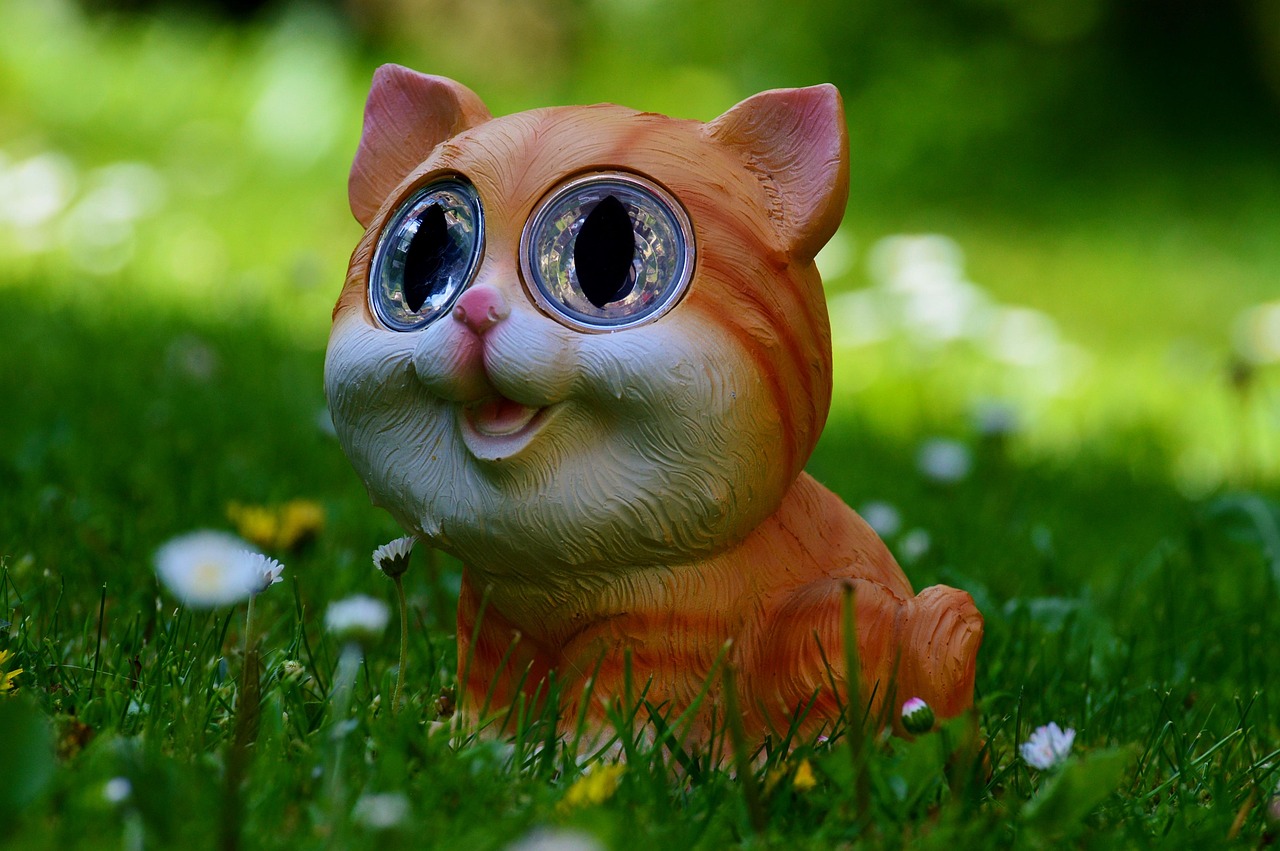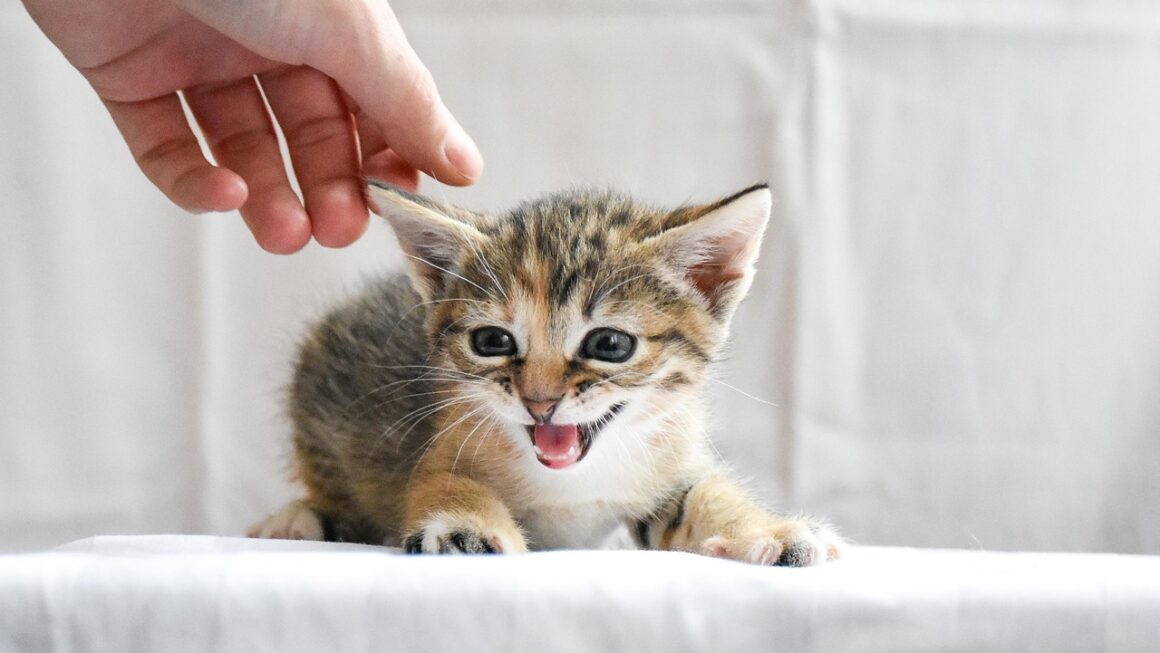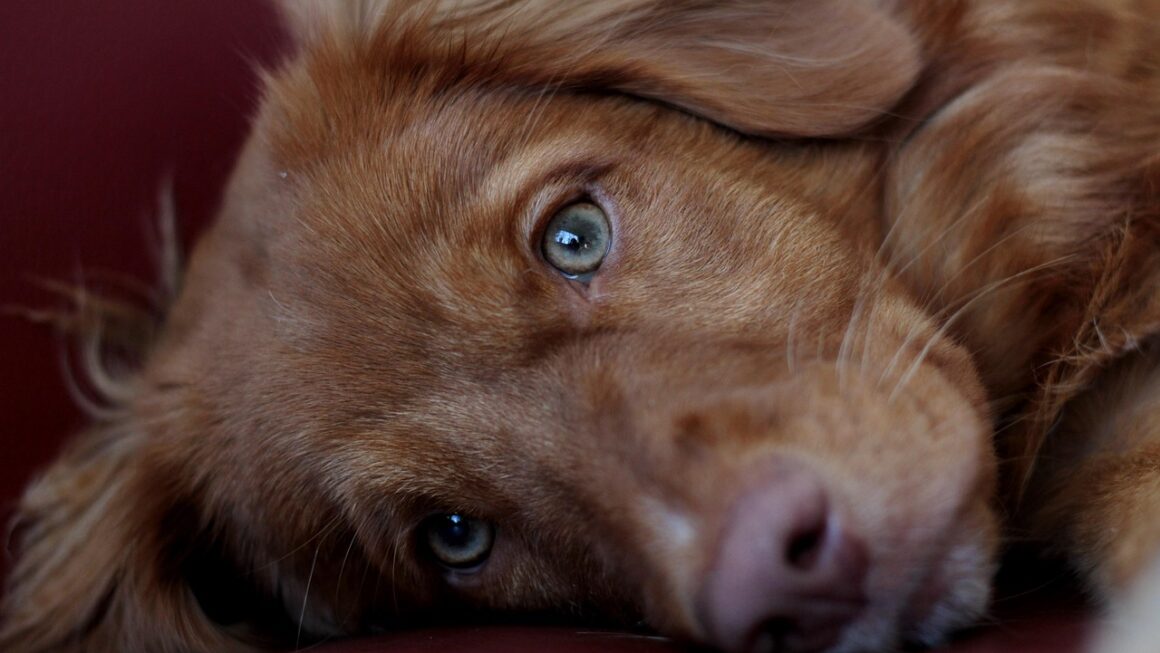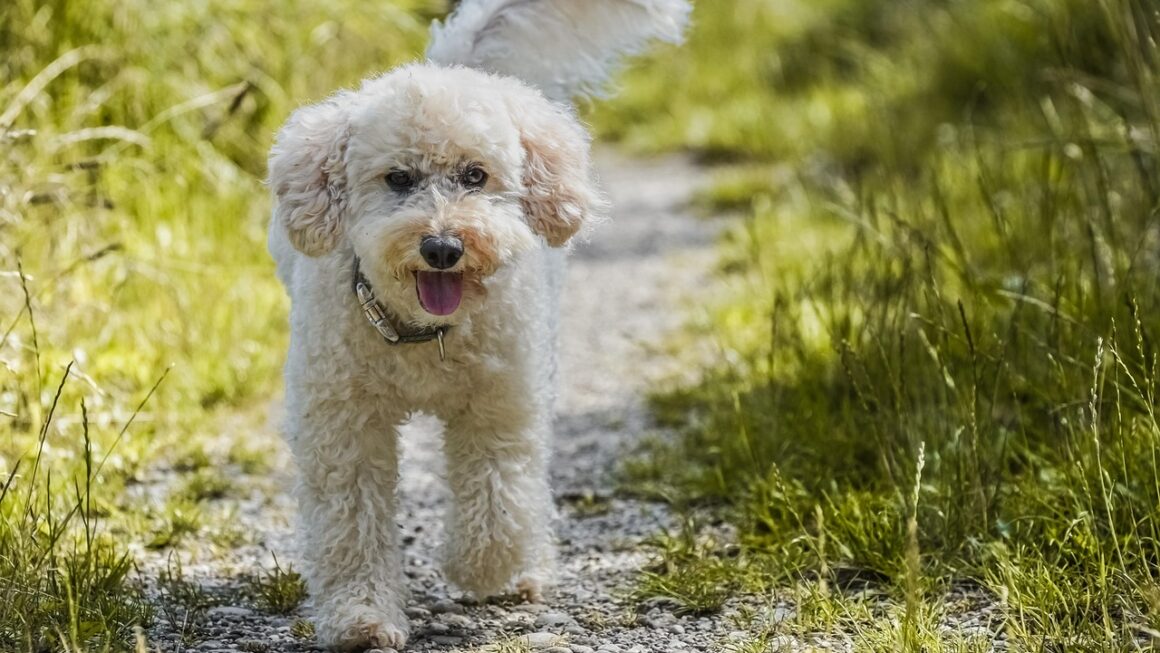Delving into the history of dog breeds is like opening a fascinating chapter of canine evolution. Each breed possesses a unique story woven from geography, human needs, and selective breeding practices spanning centuries. Understanding the origin of a breed provides insights into its temperament, physical characteristics, and inherent drives, helping owners better appreciate and care for their furry companions. This exploration will navigate the intricate tapestry of breed history, unveiling the captivating narratives behind some of our most beloved dog breeds.
The Ancient Roots of Dog Breeds
Early Domestication and Prototypes
- Early Domestication: Archaeological evidence suggests that dogs were among the first animals domesticated by humans, with some studies pushing the date back to over 15,000 years ago. Early dogs likely evolved from wolves, gradually adapting to live alongside humans as scavengers, hunters, and companions.
- Prototype Breeds: In these early stages, dogs were bred less for aesthetic reasons and more for practical purposes like hunting, herding, and guarding. This resulted in the development of distinct “proto-breeds,” each adapted to its specific environment and role. For example, the Tibetan Mastiff is believed to be an ancient breed, influencing many modern large breeds.
- Key Regions: Different regions contributed significantly to the development of specific breed types. The Middle East, for example, is known for producing breeds like the Saluki and Afghan Hound, prized for their speed and agility in hunting desert game.
The Impact of Geography and Environment
- Environmental Adaptation: The environment played a crucial role in shaping the physical and behavioral traits of early dog breeds. Breeds in colder climates developed thick coats, such as the Siberian Husky, while those in warmer climates adapted with shorter coats, like the Basenji.
- Regional Specialization: Specific geographical locations often led to specialized breeding practices. The Scottish Highlands, for instance, gave rise to various terrier breeds, each adapted to hunt different types of vermin in the rugged terrain.
- Example: The Norwegian Elkhound: A prime example is the Norwegian Elkhound, perfectly adapted to the harsh Scandinavian climate and terrain. This breed was crucial for hunting elk and other large game, showcasing the deep connection between breed development and environmental necessity.
Breed Development Through Human Influence
The Role of Selective Breeding
- Functional Breeding: For centuries, the primary driver of breed development was functionality. Dogs were bred to excel at specific tasks, such as herding sheep, retrieving waterfowl, or guarding livestock. This emphasis on function led to the development of highly specialized breeds.
- Standardization and the Kennel Club: The establishment of kennel clubs in the 19th century, such as The Kennel Club (UK) and the American Kennel Club (AKC), marked a turning point in breed development. These organizations formalized breed standards, promoting uniformity and purebred lines.
- Example: The Labrador Retriever: Originally bred in Newfoundland, Canada, to retrieve fishing nets and waterfowl, the Labrador Retriever was refined in England through selective breeding. Today, it’s recognized as one of the most popular and versatile breeds in the world, still retaining its retrieving instincts.
Breed Diversification and Specialization
- New Breed Varieties: As human societies became more complex, the demand for specialized dog breeds increased. This led to the development of new breeds for a wider range of tasks, including companionship, therapy, and law enforcement.
- Hunting Breeds: The differentiation of hunting breeds into specific categories like pointers, setters, and retrievers demonstrates this specialization. Each type was bred to perform a distinct role in the hunting process.
- Herding Breeds: Likewise, herding breeds diversified based on the type of livestock they were required to manage, resulting in breeds like the Border Collie (suited for open pastures) and the Corgi (designed to nip at the heels of cattle).
Modern Breed Trends and Challenges
The Influence of Popular Culture
- Breed Popularity Fluctuations: Popular culture can significantly influence breed popularity. Movies, television shows, and social media trends can lead to sudden surges in demand for certain breeds, often resulting in overbreeding and health problems.
- Designer Breeds: The rise of “designer breeds,” such as the Goldendoodle and Labradoodle, is a recent trend driven by consumer demand for hypoallergenic or low-shedding dogs. However, these breeds often lack consistent breed standards and can be prone to unpredictable health issues.
- Ethical Considerations: The popularity of certain breeds and the emergence of designer breeds raise ethical considerations about responsible breeding practices and the welfare of dogs.
Health Concerns and Genetic Diversity
- Breed-Specific Health Problems: Selective breeding, while essential for maintaining breed standards, can also lead to an increased risk of breed-specific health problems. Certain breeds are predisposed to conditions like hip dysplasia, heart disease, and cancer.
- The Importance of Genetic Diversity: Maintaining genetic diversity within a breed is crucial for minimizing the risk of inherited diseases. Responsible breeders strive to preserve genetic diversity through careful selection of breeding pairs.
- Health Testing and Screening: Reputable breeders conduct health testing and screening to identify and eliminate dogs with genetic predispositions to certain diseases. This helps ensure the health and well-being of future generations of the breed. Example: Many breeders of German Shepherds screen for hip and elbow dysplasia.
Preserving Breed Heritage
Breed Clubs and Organizations
- Role of Breed Clubs: Breed clubs play a vital role in preserving the heritage and promoting the responsible breeding of specific breeds. They often maintain breed registries, organize dog shows, and provide educational resources for owners and breeders.
- Preservation Efforts: Many breed clubs actively work to preserve rare or endangered breeds by promoting responsible breeding practices and raising awareness about the importance of genetic diversity.
- Example: The American Brittany Club actively promotes responsible breeding of Brittany Spaniels, focusing on maintaining their hunting abilities and overall health.
Responsible Breeding Practices
- Ethical Considerations: Responsible breeders prioritize the health, temperament, and welfare of their dogs above all else. They carefully select breeding pairs to minimize the risk of inherited diseases and ensure that puppies are raised in a nurturing environment.
- Health Testing and Screening: Responsible breeders conduct thorough health testing and screening to identify and eliminate dogs with genetic predispositions to certain diseases. They also provide proper socialization and training for puppies to ensure they become well-adjusted adults.
- Commitment to Breed Standards: Responsible breeders are committed to maintaining the breed standards and preserving the unique characteristics of their chosen breed. They work to improve the breed by carefully selecting breeding pairs and adhering to ethical breeding practices.
Conclusion
Understanding the breed history of our canine companions enriches our relationship with them and allows for more informed care and appreciation. From their ancient origins shaped by geography to the impact of human influence through selective breeding, each breed carries a unique story that deserves to be understood and preserved. As we continue to embrace the joys of dog ownership, let’s strive to be responsible stewards of these incredible breeds, ensuring their health, well-being, and the preservation of their rich heritage for generations to come. By supporting ethical breeders, advocating for responsible breeding practices, and educating ourselves about breed-specific needs, we can play a crucial role in safeguarding the future of these remarkable animals.




